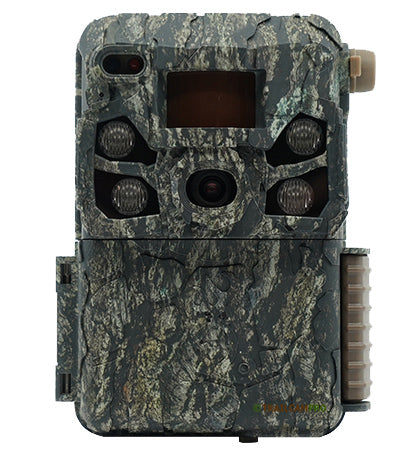Biggun4214
Well-Known Member
I'm looking to buy cellular cameras with an internal antenna and have bear boxes available. Any advice would be helpful.

I generally won't do video mode on cell cams even with an exceptional signal.I would hate to try and send videos by cell unless I had an exceptional signal.
Absolutely true, especially battery life. And although still images are higher resolution, I find that in video mode I can see a buck's antlers more clearly as he turns his head or moves around, even at lower resolution than the images. Don't know how the mind's eye does that, but a buck in motion is easier for me to identify.The main advantage of doing this instead of video is higher resolution images
and longer battery life.
Guess it depends upon the camera. I've recorded 20 second videos (100 MB file) with only a 5 second delay, and that's exactly what I get between videos - 5 seconds of "off time." But then I'm also using monstrous capacity, high write-rate cards (128 GB, 120 m/s).Another advantage is a shorter duration between events, as
when in video mode, the duration (down time) between events can become minutes rather than seconds (of missed footage or pics) simply because video takes so much longer to "save" on the sd card (as well as to upload).
I take it your cams are not cell cams?Guess it depends upon the camera.
That's interesting. Didn't know that. Another reason not to go cellular! ...unless I was using a cam as a scouting tool - different story. All my cams are "data collectors."I take it your cams are not cell cams?
If you upload that same resolution video with a cell cam,
it takes time.
Some non-cell cams will take a still image and then record video directly afterwards. However, I find I can identify bucks easier on video than still images, especially at night when motion blur can be a problem on stills. No motion blur on night video. Because I'm downloading my data almost weekly, I've gone to all video on my census data collection (non-baited; baited would be a different story).Only if the desire for sound is a big issue will I use video on the cell cams. It's easy to just remotely toggle back & forth from stills to video with the Brownings & Ridgetecs (and I'm sure many more). This is something you cannot do with your typical trail cams.
Yes, very true.Some non-cell cams will take a still image and then record video directly afterwards.
Very interesting. I've never used the setting, so some real-world experience is helpful.Yes, very true.
But I've found when on that setting (still pic followed by video clip) it really slows down the capture time for both the still & the video, then increased the duration time between triggering events, thus causing you to potentially miss events that might have been captured by simply using either still pic mode or video mode (but not both simultaneously).
As example, when in this "dual" mode, the cam might be triggered by a deer just walking by.
The time between the triggering and the pic (or video) might be say 1/2 second. But if set in dual mode, it might be 1 second. You might think a fraction of a second shouldn't matter much, but it really can be the difference in getting the target image or completely missing it.
Using the dual mode, what I often see is rear half a deer on the still pic, and no deer at all on the video that kicks in right behind the still pic. Of course, sometimes it works perfectly too.
When you set your cams, you have choices for the duration of "down" time (the cam will not work at all) BETWEEN "triggering" events. In many applications, a common down time used is 1 minute.Very interesting . . . . .
I completely agree. In fact, although the video is "only" 1920x1080, I think the resolution on the video is better than the 24 MB still images.BSK, the particular HP4 & HP5 cams you're using were specifically designed more for video than still pics. That's why they do better with video than most other trail cams. It's also a big help that you're using very high-speed sd cards compared to most users who just use whatever is cheapest, i.e. slow-speed cards.
My tactacams did good sending them with medium to low signals. They only send when they "check" in but do pretty good. I have heard some brands that stuggle a little more. I do have to manually ask for a video on them though. Send a picture and I choose to send the video or not.I would hate to try and send videos by cell unless I had an exceptional signal.
